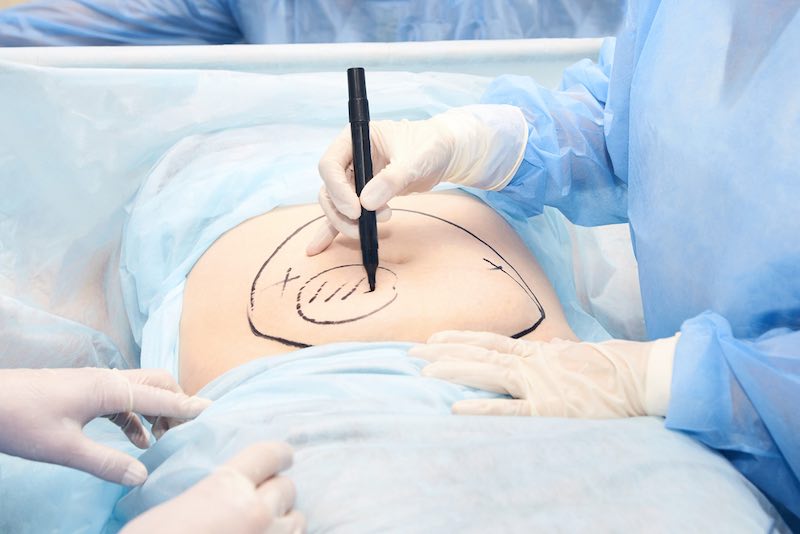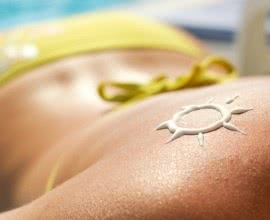The Cost of a Fat Transfer
What is Fat Transfer?
As the name might suggest fat transfer is a surgical cosmetic procedure involving the transfer of fat from one part of the body to another, with the goal of improving or augmenting the new area. The process involves extracting adipose fat — the loose connective tissue found in various areas of the body — by liposuction, processing it and reinjecting it, after purification, in the area needing improvement.
Although fat transfer, or ‘fat grafting’ as it’s sometimes called dates back to the late 19th Century, it has only become a popular cosmetic procedure with the advent of advanced liposuction techniques, which make the whole process much easier.

The Advantages of Fat Transfer
Fat transfer is seen as a more natural form of cosmetic surgery, and with some justification, as the material of one’s own body is being used, rather than in, say, breast augmentation, where implants are employed to enhance the shape and size of breasts. Another significant advantage is that no incisions are necessary, so recovery times are much quicker than in other cosmetic procedures. Also, depending on how much fat is being removed, a local rather than general anaesthetic can be administered. Though with larger volumes, above 500cc, the client will be fully sedated.
The following areas of the body are the ones suitable for fat transfer:
Face:
-
A more youthful look can be achieved by adding volume to depleted or wrinkled areas, particularly below the eye and in folds around the nose
-
Scars and burns can be treated
-
Volume can be added to cheeks to highlight cheekbones
-
Texture of skin can be improved
Breast:
-
Can increase breast size
-
Can correct breast asymmetry
-
Can correct scarring from breast surgery
Hips:
-
Can be enhanced to achieve a more curvaceous effect
Buttocks:
-
Can be made tighter and perkier
Hands and Feet:
-
Wrinkles can also be reduced in the hands and hands generally rejuvenated
-
Extra padding can be provided for bony feet
Risks and Possible Complications
There are fewer risks involved with fat transfer than other cosmetic procedures. Soreness and significant swelling of the treated area can occur, though patient reactions can differ widely. A more common problem is that the treated area can simply reabsorb the injected fat, making a repeat procedure necessary. Rarer risks include an allergic reaction to the local anaesthetic (a risk common to any surgical procedure), permanent discolouration of the treated area due to a ruptured blood vessel, calcification (hardening) of the area, or a fat embolism (obstruction of an artery) caused by fat mistakenly being injected into a blood vessel.
Fat Transfer Surgery Cost
In the USA the average cost of a breast fat transfer is $6,525 (1), while a buttock fat transfer costs $8,625.
Cosmetic procedures tend to be significantly less costly in Europe but do of course vary from country to country and region to region. The average cost of both a breast and buttock fat transfer is 2,975 Euro (2).
One should always carefully compare prices at various clinics and what the price includes, as variations in the final package can be significant.
Sources:
Viewed 4th June 2020
(2)https://wellness-travels.com/treatments/cosmetic-plastic-surgery/plastic-surgery-pricelist/
Viewed 24th May 2020
https://www.docshop.com/education/dermatology/injectables/fat-transfer/risks-benefits
Viewed 11th June 2020
Viewed 11th June 2020
https://www.plasticsurgery.org/news/blog/fat-grafting-history-and-applications
Viewed 11th June 2020
https://www.liposuction.com/blog/all-about-fat-transfer
Viewed 9th June 2020














